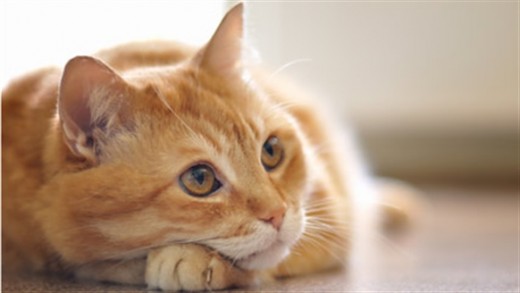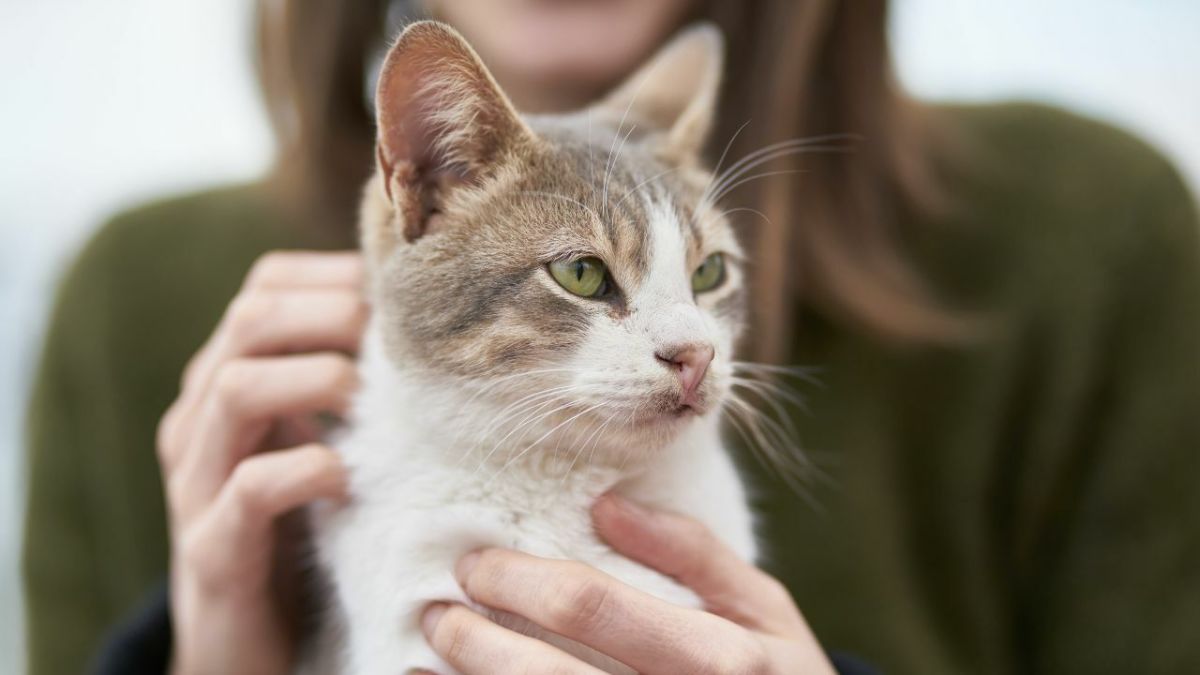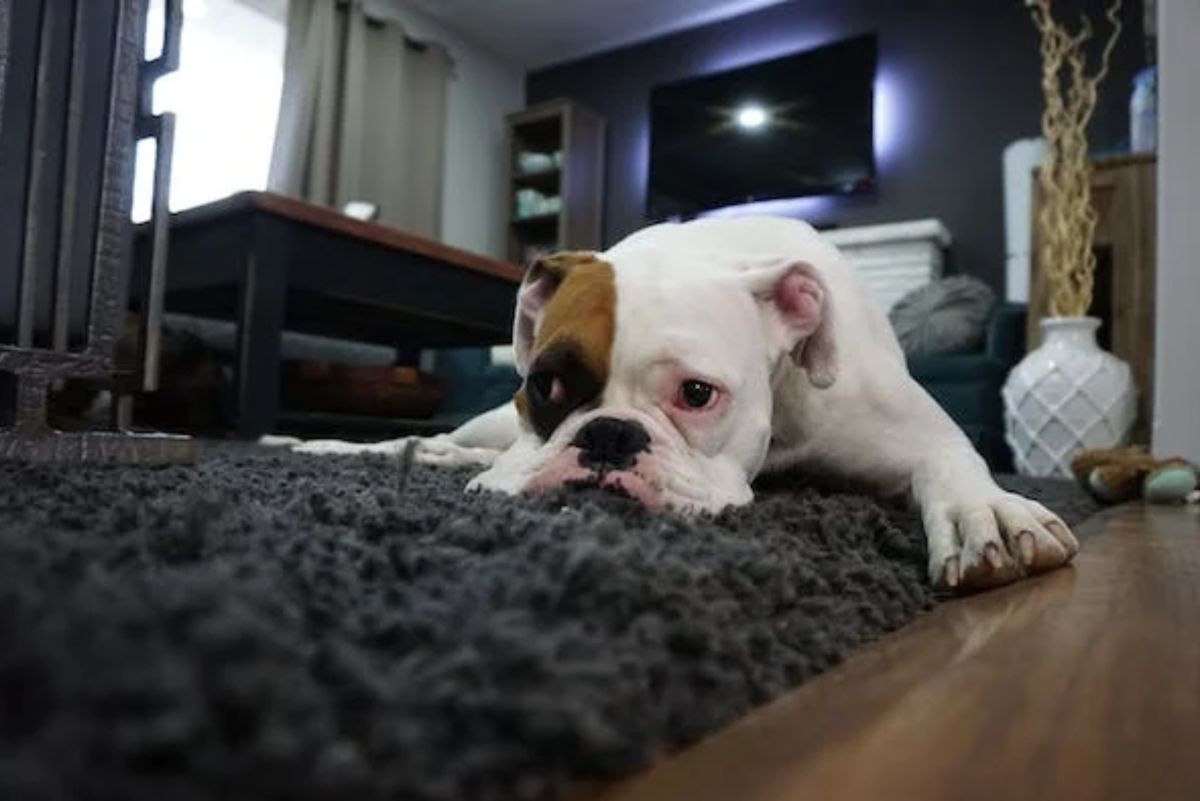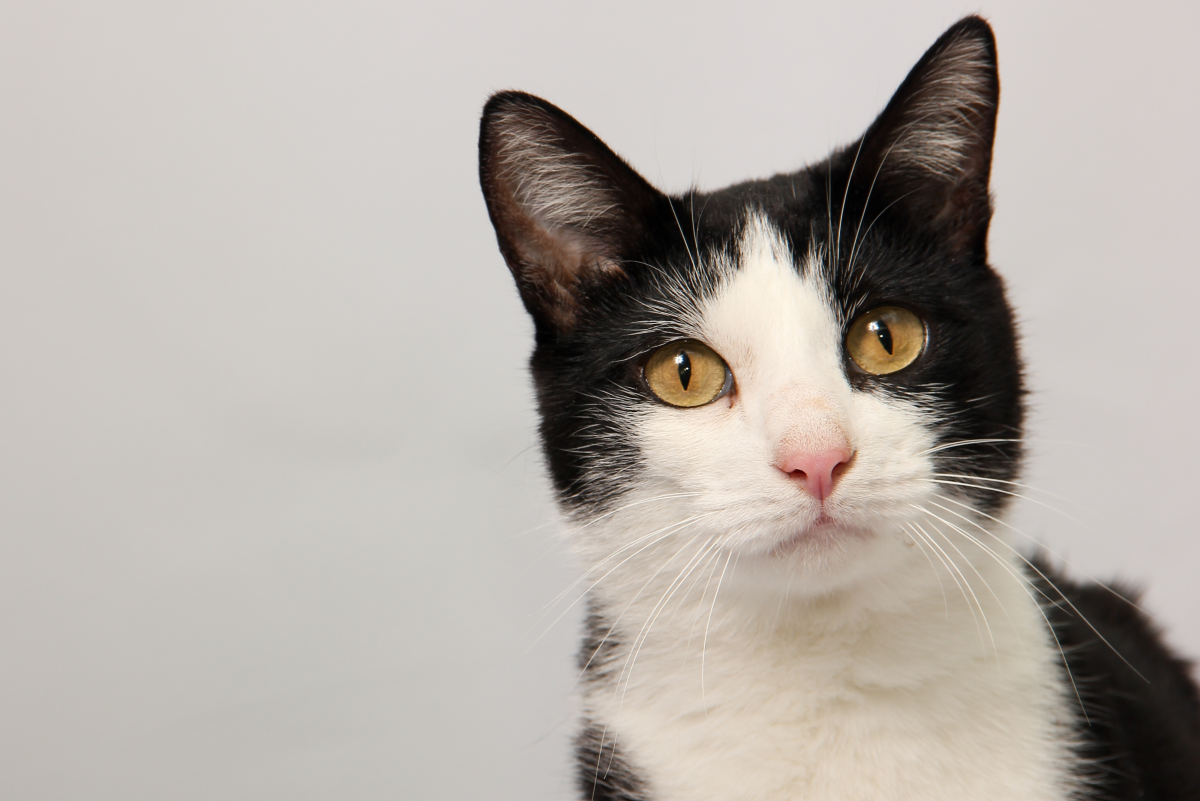Understand Your Cat Better - Cat Behaviour

Understanding Your Cat Behaviour
You and your cat speak different languages, but you can still understand your cat behaviour. Once you understand the basics of cat behaviour, you should be able to pick up quickly how your cat is feeling. Cats body language can be subtle, meaning that it's not always obvious how they're feeling. Use this guide to help you recognise important body language signals.
Cat Vocalizations Explained
Growling, hissing or spitting:
Indicate a cat who is annoyed, frightened, angry or aggressive and in pain.
Strange Scary Meowing:
Cats do make strange sounds when they are being sick, just before they throw up something(food or hair ball) and before vomiting( eaten too fast or due to hair balls).
Purring:
Hearing a purr is a definite sign of your kitty’s happiness and affection. However, in some cases, abnormal purring can be a sign your cat is in pain.
Chirping:
Your cat is proving their hunting skills by trying to attract unassuming wildlife.
Short meows or short meows at once :
Indicate normal behaviour.
Cat Behaviour
Litter Box Aversion:
There are many reasons why a cat may avoid the litter box and it’s important to figure out the true cause. When dealing with a litter box problem be sure you look at this possibility first. Don’t assume a problem is behavioral without getting your cat checked by the veterinarian in order to rule out any medical cause. Here’s a list of some common reasons for litter box avoidance.
- Dirty litter box set-up.
- Unappealing litter box style (covered, too small).
- Unappealing litter box location.
- Too few litter boxes for the number of cats in the home.
- Stressful environment.
- Abrupt changes (litter type, food, schedules)
Vomiting:
Usually, a cat vomits because he ate something disagreeable, ate too much or played too soon after dinner. Vomiting can also be associated with medical disorders.

Body Language
A worried Cat:
Cat is in a crouched position, muscles are tense, body is held tightly, tail is tucked tightly into body, pupils are dilated, mild tension shows in face.Cats who are worried or anxious may hide.
Defensive:
Crouched, ears flattened, whiskers back, tail between their legs or wrapped around their body, and pupils dilated—they may meow loudly, growl, hiss and spit.
Angry Cat:
An angry cat will be rigid, with tail held out stiff and straight or curled around and under their body.
Frightened or startled:
Ears back and flat against their head, whiskers back, back arched, fur standing on end and tail erect or low. They may yowl, growl, hiss and spit.
Happy Cat:
A cat’s whole body can show relief – some cats even make a full-body stretch to release tension. Their eyes, ears, head, body and tail will all visibly relax.
What food do you feed your cat?
© 2018 Zeeshan Ali07








